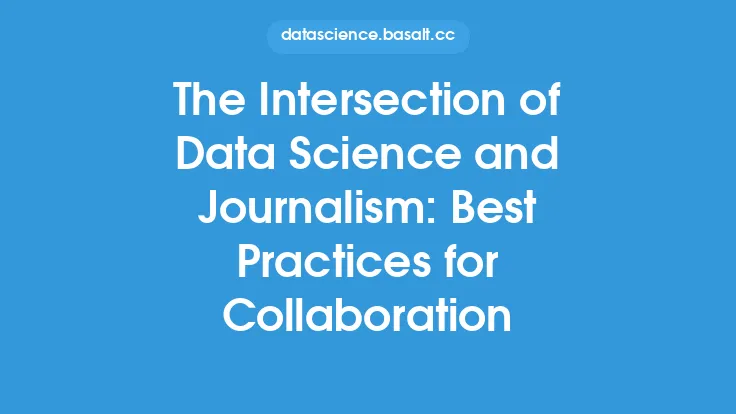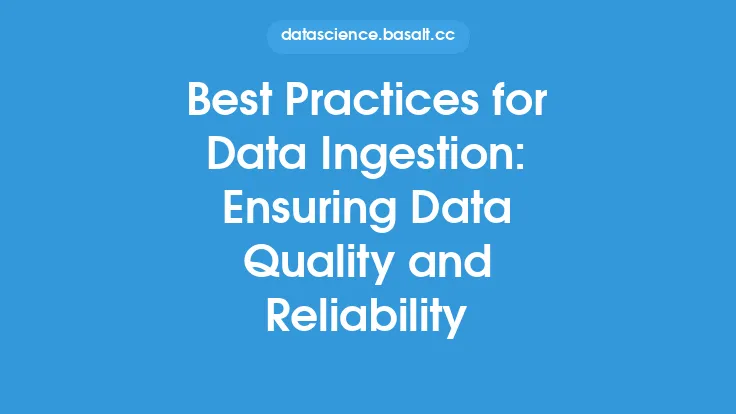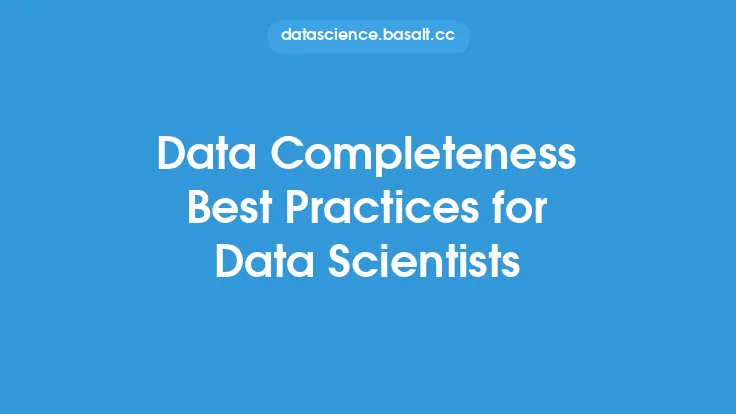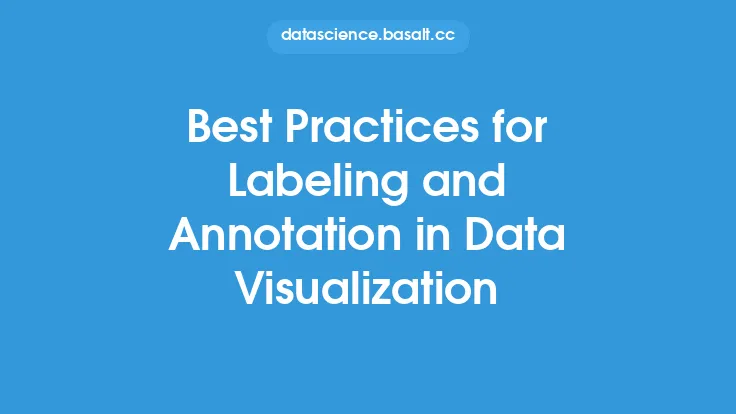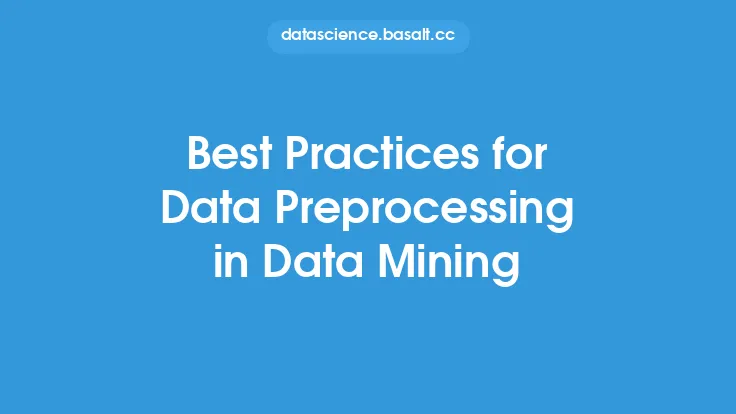As data scientists and analysts, working with text data can be a daunting task, especially when dealing with large volumes of unstructured data. Text mining, also known as text data mining, is the process of extracting valuable insights, patterns, and relationships from text data. To get the most out of text mining, it's essential to follow best practices that ensure the quality, accuracy, and reliability of the results. In this article, we'll delve into the best practices for text mining, covering the key aspects of data preparation, feature extraction, model selection, and evaluation.
Data Preparation
Data preparation is a critical step in text mining, as it directly affects the quality of the results. The goal of data preparation is to transform the raw text data into a format that can be analyzed by machine learning algorithms. Here are some best practices for data preparation:
- Data cleaning: Remove any unnecessary characters, such as punctuation, special characters, and stop words (common words like "the," "and," etc. that don't add much value to the text).
- Tokenization: Split the text into individual words or tokens. This can be done using techniques like word splitting, stemming, or lemmatization.
- Removing irrelevant data: Remove any data that's not relevant to the analysis, such as HTML tags, URLs, or email addresses.
- Handling missing data: Decide on a strategy for handling missing data, such as imputing missing values or removing rows with missing data.
- Data normalization: Normalize the text data to reduce the impact of differences in writing style, grammar, and syntax.
Feature Extraction
Feature extraction is the process of transforming the text data into a numerical representation that can be analyzed by machine learning algorithms. Here are some best practices for feature extraction:
- Bag-of-words: Represent the text data as a bag-of-words, where each word is assigned a weight based on its frequency in the document.
- Term Frequency-Inverse Document Frequency (TF-IDF): Use TF-IDF to weight the importance of each word in the document based on its frequency and rarity across the entire corpus.
- Word embeddings: Use word embeddings like Word2Vec or GloVe to represent words as vectors in a high-dimensional space, capturing their semantic meaning and context.
- N-grams: Extract n-grams, which are sequences of n items (e.g., words, characters) from the text data, to capture phrases and patterns.
Model Selection
The choice of model depends on the specific text mining task, such as classification, clustering, or regression. Here are some best practices for model selection:
- Supervised learning: Use supervised learning algorithms like logistic regression, decision trees, or random forests for classification tasks.
- Unsupervised learning: Use unsupervised learning algorithms like k-means or hierarchical clustering for clustering tasks.
- Deep learning: Use deep learning algorithms like convolutional neural networks (CNNs) or recurrent neural networks (RNNs) for tasks that require complex pattern recognition.
- Model evaluation: Evaluate the performance of the model using metrics like accuracy, precision, recall, F1-score, or mean squared error.
Model Evaluation
Evaluating the performance of the model is crucial to ensure that it's generalizing well to new, unseen data. Here are some best practices for model evaluation:
- Split data: Split the data into training, validation, and testing sets to evaluate the model's performance on unseen data.
- Cross-validation: Use cross-validation techniques like k-fold cross-validation to evaluate the model's performance on multiple subsets of the data.
- Metrics: Use relevant metrics to evaluate the model's performance, such as accuracy, precision, recall, F1-score, or mean squared error.
- Hyperparameter tuning: Tune the hyperparameters of the model to optimize its performance, using techniques like grid search or random search.
Interpretation and Deployment
Once the model is trained and evaluated, it's essential to interpret the results and deploy the model in a production-ready environment. Here are some best practices for interpretation and deployment:
- Feature importance: Analyze the feature importance to understand which features are driving the predictions.
- Partial dependence plots: Use partial dependence plots to visualize the relationship between the features and the predicted outcome.
- Model interpretability: Use techniques like LIME or SHAP to interpret the model's predictions and understand how the features are contributing to the outcome.
- Deployment: Deploy the model in a production-ready environment, using techniques like containerization or cloud deployment to ensure scalability and reliability.
Common Challenges and Pitfalls
Text mining can be challenging, and there are several common pitfalls to watch out for. Here are some best practices for avoiding common challenges and pitfalls:
- Data quality: Ensure that the data is of high quality, with minimal noise and missing values.
- Overfitting: Regularly monitor the model's performance on the validation set to avoid overfitting.
- Underfitting: Ensure that the model is complex enough to capture the underlying patterns in the data.
- Class imbalance: Handle class imbalance by using techniques like oversampling the minority class, undersampling the majority class, or using class weights.
By following these best practices, data scientists and analysts can ensure that their text mining projects are successful, reliable, and accurate. Remember to stay up-to-date with the latest techniques and technologies in text mining, and to continuously evaluate and refine your approach to ensure the best possible results.

